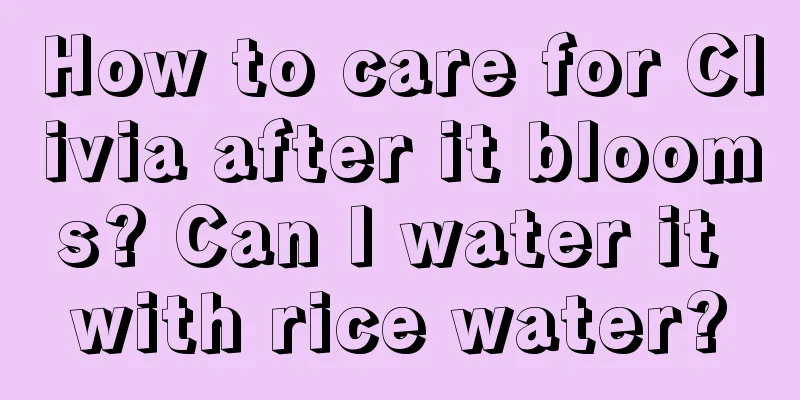How to grow Magnolia arborvitae

1. Maintenance methods1. Temperature: Magnolia grandiflora is very cold-resistant and can withstand an environment of minus 21 degrees Celsius in winter, so there is no need to pay attention to the temperature in winter. It can spend the winter outdoors. However, it is very sensitive to temperature, and even in the same area, the flowering period varies greatly each year. 2. Watering: It is necessary to maintain the humidity in the soil and replenish water in time during the growth period. However, it is afraid of floods and cannot have stagnant water. During the rainy season, it is necessary to pay attention to drainage and be careful of root rot. The demand for water is also relatively high during the flowering period, so water it twice a day in summer, and once a day during normal cultivation, and the humidity in the air must also meet the required conditions. 3. Light: During the growth period, it is necessary to ensure good sunlight conditions. Except for strong light, mild sunlight can be accepted in other seasons. If this is not possible, the plant will have a problem with the number of flowers and receive six hours of light during the flowering period. 4. Fertilization: Normal cultivation requires sufficient base fertilizer, and during the subsequent flowering period, fertilizer should be applied every five to seven days. It should mainly be based on dilute phosphorus-potassium compound fertilizer. The fertilizer should not be too concentrated, otherwise there will be fertilizer damage. 2. Breeding techniques1. Reproduction: Sowing and cuttings are two important methods. The seeds will mature in autumn. The sowing time is from February to March each year. You need to choose full seeds. Cuttings can be carried out in May every year. Keep the soil moist after cuttings so that the survival rate will be very high. 2. Pruning: Its branching ability is very strong, especially in the spring every year it will branch out many new branches. In order to reduce the growth density, pruning is required to increase light transmittance and ventilation. 3. Problem diagnosis and treatment1. Disease: Chlorosis will occur, and you can spray carbendazim solution in time to prevent it. There will be obvious changes after using it several times. 2. Pests: Aphids will appear in the bud stage, limiting normal flowering. You can spray DDT solution to prevent them. IV. Other issues1. Toxicity: It is non-toxic and can be cultivated with confidence. 2. Can it be raised at home? It is not recommended to raise it at home. It will grow better if raised outdoors. |
>>: How to cultivate sea dianthus
Recommend
Why did the jasmine flowers I just bought fall off?
The reason why jasmine flowers drop buds Unsuitab...
Which month in spring is best for planting beans?
Green beans , also known as cowpeas, are a common...
How and when to grow asparagus
Asparagus is a perennial plant and once mature, i...
Sunflower flowering period, when is the sunflower season
1. Sunflower flowering period Sunflowers are usua...
What season is suitable for planting lilies (planting methods and time)
Lilies are usually planted in spring and autumn, ...
What is the best month to plant plum beans?
When to plant plum beans Snap beans, also known a...
Can snail poop be used as fertilizer?
Snail poop as fertilizer Snail feces can be used ...
Cultivation methods and precautions of lotus magnolia
1. Maintenance methods 1. Flower pot: Lotus magno...
How to water the new jade ornamental
1. Usual watering method The new jade ornament is...
Is it easy to raise Jixiang Ruyi? Breeding methods and precautions
Is it easy to raise a lucky charm? The good luck ...
How to make the hanging bamboo plum grow out of the pot by cuttings? How many days after cuttings should I water it?
1. How to make the hanging bamboo plum grow out o...
How to water the sweet olive
Watering method Osmanthus fragrans likes moisture...
When is the best time to prune the photinia
Pruning effect Pruning is of great significance f...
How to propagate hydrangea
Cutting time The best time for hydrangea cuttings...
Can winter wheat be sown in spring (when to sow winter wheat and spring wheat)
China has a vast territory and many places for gr...









